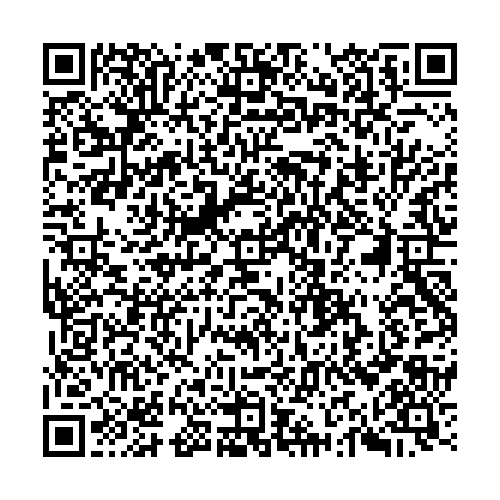NEVER approach wild animals and always use caution when handling feces of any kind.
Public safety is the utmost priority.
Urban bears in Prince George are dropping clues, and the
CNC Research Forest team needs
your help scooping them up!
Bear poop might not seem like much more than a stinky bunch, but it holds a wealth of information about the bear’s health, diet, and hormones. By analyzing feces samples from across the city, CNC researchers hope to gain insight into the health
and behaviour of urban bear populations versus their counterparts that live outside of Prince George.
“I’m excited to be working together with dr. Graham as she has years of experience to help us analyze the feces samples for hormones related to sex, stress and metabolism,” shares Vanessa. “Our goal is to better understand what
drives bears to enter the city. We can use that data to help inform wildlife management and conservation strategies that mitigate human-bear conflict."
Anyone interested in helping the CNC Research Forest team with this project can participate in one of two ways. The team is seeking fresh feces; the fresher, the better!
1. Send a photo of bear poop you encounter, whether it be in your yard, or in the park down the street, along with the location, to (778) 349-4813 and we will come and collect it for you.
or
2.
You can collect the poop for us. Similar to how you would collect your dog's poop, use a poop bag to scoop up the bear feces, and drop it off at the designated fridge (for bear poop only) located beside the geodome greenhouse along the
stairs by the ATCO trailer at the CNC campus in Prince George.

Scan the QR code or click here for the exact location of the CNC bear feces fridge.
Please photograph the sample and then collect as much of the sample as possible, and label using a permanent marker with the date and general location (street name only). If you are collecting poop for us but cannot drop off the samples immediately, call
us and store all bagged and labeled samples in a freezer or cooler with ice until we can pick them up. If you happen to have a photo of the bears (security or trail camera), please send this along with the photo of the feces to (778) 349-4813.
Not sure whether you’ve spotted the feces of a bear or other wildlife? Vanessa has the scoop for you. “Bear feces are usually tubular in shape, like dog feces, but they can range in size from 4 to 12 inches and can vary depending on the bear’s
diet. Look for berry seeds, undigested plant matter or, unfortunately, garbage. If you are unsure about the type of feces you have, you can send us a photo, and we’ll let you know!”
Photos and samples will be accepted until late October when bears enter hibernation. The Forest Research team is hoping to share preliminary findings with the public by early spring next year.
For more information on this research project, please contact the CNC Research Forest by email:
research@cnc.bc.ca.
Privacy statement:
The researchers collecting information during this research project will take every reasonable precaution during the study to limit the personal information gathered and stored during the process of collecting photos and samples.
If you contact the CNC Research Forest team, they will delete all personal information associated with photographing and collecting feces as the team is only interested in the date and general location of the sample.